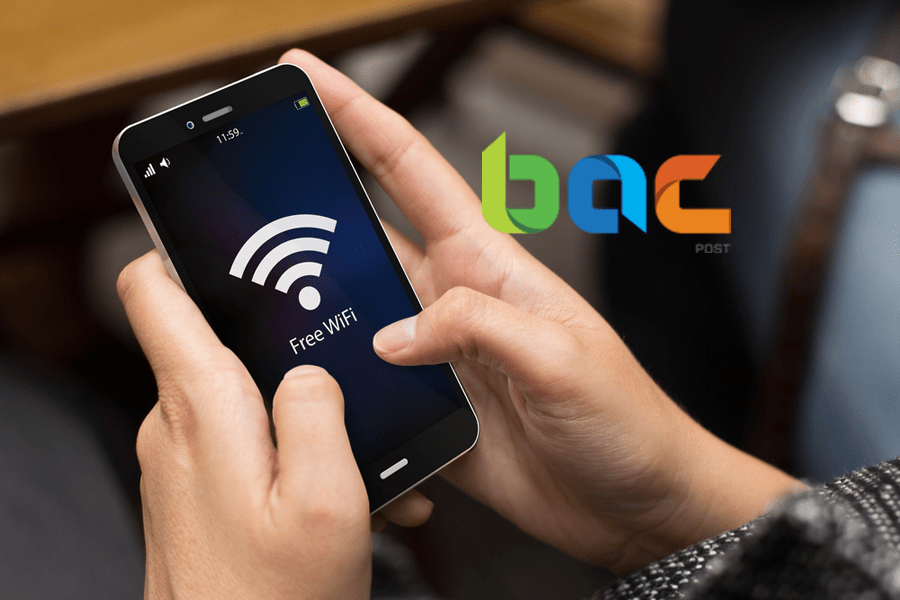Electronics have used the 2.4 and 5 GHz spectrum for years. These are not harmful, nor is any property unique to Wi-Fi harmful, according to new scientific evidence.
Wi-Fi’s pervasiveness in present day society has provoked a reactionary reaction among an undeniably vocal minority who guarantee Wi-Fi signals are risky to their wellbeing, a condition they call “electromagnetic extreme touchiness.” Such cases are unsupported by logical research, as indicated by Kenneth R. Encourage, teacher emeritus of bioengineering at the University of Pennsylvania, in an article for research diary Education Next distributed Tuesday.
Cases of unfavorable wellbeing impacts from Wi-Fi, and other radio recurrence (RF) signals, depend vigorously on the everyday utilization of logical terms. Adversaries of Wi-Fi frequently bandy about “radiation,” which normal individuals partner with atomic mishaps or overexposure to X-beams. Logically, radiation is characterized as “vitality traveling through space,” and Foster notes that “even light from a spotlight is a type of radiation.” The key differentiator is that RF signals are a type of non-ionizing radiation, which is unfit to harm cells and tissues.
Wi-Fi systems depend on correspondence between passageways, which are normally mounted to the roof for systems conveyed in schools or organizations, and customer gadgets that speak with them. Cultivate takes note of that “If the system is working at full limit (an irregular circumstance, even in a study hall of understudies getting to the system), the aggregate sum of RF vitality transmitted on the system may be generally equivalent to that from a solitary phone being used in the room… These signs come, thusly, from each gadget that is associated with the system, the majority of which are situated at some separation from some random individual in the room.”
The RF signals produced by Wi-Fi, Bluetooth, or telephone reception apparatuses in some random gadget sold legitimately in the US is liable to testing and licensure from the FCC to guarantee they adjust as far as possible. The FCC’s administrative limit is “far beneath any obviously unsafe presentation level,” as per Foster.
Wi-Fi signals speak to a moderately negligible measure of the all out RF presentation that individuals are liable to in some random day. The University of Barcelona led an investigation estimating RF introduction of 529 kids ages 8 to 18 living in Europe, over a multi day time frame. Wi-Fi signals spoke to just 4% of all out RF introduction, with 62% starting from signs from cell base stations, 23% from communicate TV and radio frameworks, and 11% from adjacent phones. The introduction was roughly 0.001% that of as far as possible forced by the European Commission, which are like those forced by the FCC.
Investigations of RF presentation past the 2.4 GHz and 5 GHz groups utilized by Wi-Fi, comparably, don’t demonstrate a wellbeing hazard from RF signals. A report from France’s Agency for Food, Environmental and Occupational Health and Safety, issued in 2013, found that “no accessible information makes it conceivable to propose new introduction limit esteems for the all inclusive community.”
So also, in 2016, the organization examined RF presentation to youngsters from toys, walkie-talkies, and different sources, and found that the accessible information from these sources were lacking to set up—either valuable or antagonistic—impacts from this introduction, however noted “constrained proof” for impacts of phone use on intellectual capacity or general prosperity,” including that “these impacts may anyway be connected to the utilization of the cell phones instead of to the frequencies they discharge.”
Encourage’s article additionally assesses the propensity of adversaries to Wi-Fi to carefully select research, however eventually reasons that “Schools need to receive proper arrangements for safe utilization of PDAs and the Internet by kids—not as a result of doubtful radiation dangers but rather to stay away from the damages that these generally profoundly helpful advancements can present.”
The same advice is useful for adults—smartphone manufacturers have in the last year placed an emphasis on digital wellbeing, as spending too much time using smart devices can have adverse effects, including on quality and quantity of sleep.
How useful was this information?
Click on a star to rate it!


